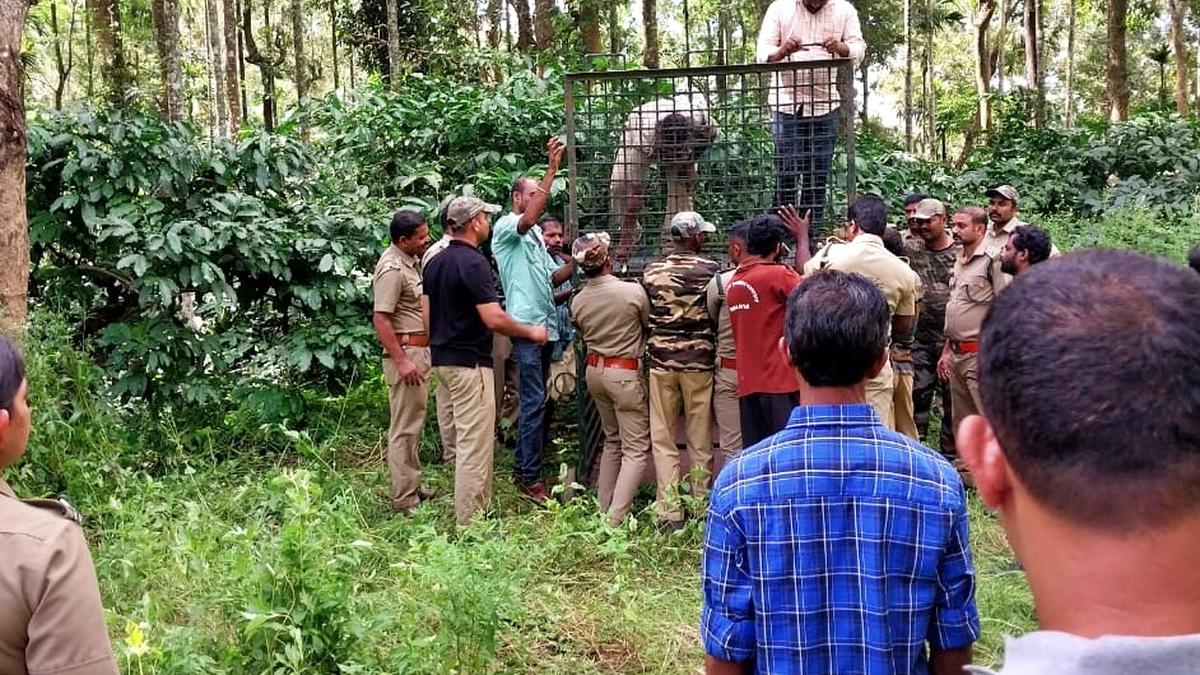With big cats on the prowl in human habitats, Forest officials are frequently called upon to capture the animals. But the dearth of facilities to keep the captured big cats often puts wildlife managers in Wayanad in a fix.
In 2022, the Forest department had set up an animal hospice and a palliative care unit for big cats in the Wayanad Wildlife Sanctuary, home to more than half the number of tigers in the State.
The project was envisaged at treating aged, injured or diseased animals after capturing them from the wild. They would either be rehabilitated in zoos or released into the wild after treatment, depending on the health condition of the animal.
The unit has the capacity to accommodate four animals at a time, but all the slots are filled with captured tigers, according to sanctuary sources. Earlier, wounded and aged captured tigers from the forest in the district used to be shifted to zoos, but the zoo authorities were not willing to receive them due to dearth of space, the sources added.
On September 1, the Forest department set up two cages to capture two tigers on the prowl at Eralottu Kunnu under the sanctuary and Panavally in the North Wayanad Forest Division in the district after residents raised protests.
Though the department had submitted a proposal to set up one more palliative care unit for captured big cats, it was yet to be approved, said the sources.
Often, wounded or aged tigers enter human habitats in search of easy prey. If a tiger was relocated to a suitable environment in the wild after its capture, it would either survive or die naturally, said N. Badusha, president, Wayanad Prakruthi Samrakshana Samithi. But, if the animal was relocated to the territory of another big cat, it would either be killed or further injured in a territorial fight and become a problematic tiger. Such an animal entered human habitats again for easy prey and became a threat to the public, he added.
A similar incident occurred in Wayanad in 2012 and finally, the captured tiger was shot dead, he said. Hence, it was better to set up a wildlife orphanage for them in degraded forest areas in the district, known for recurring man-animal conflicts, said Mr. Badusha.
A decade ago, a proposal was put forth by the department for the project near the forest area around the Chethalayam waterfalls inside the sanctuary. However, it was yet to turn a reality, he added.











